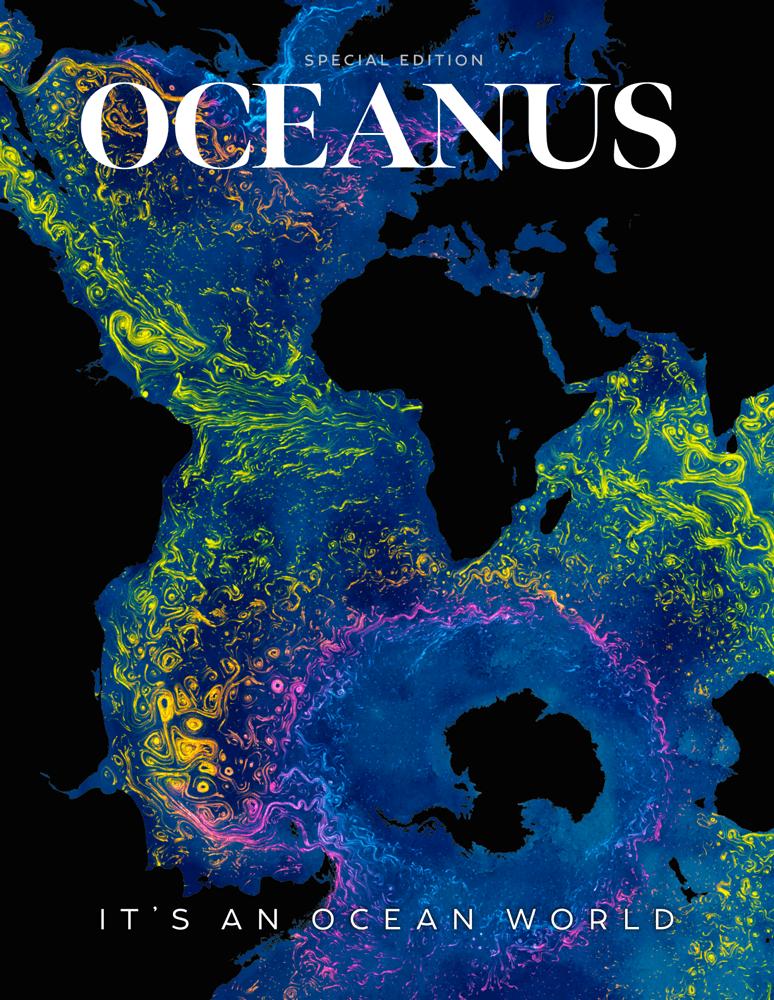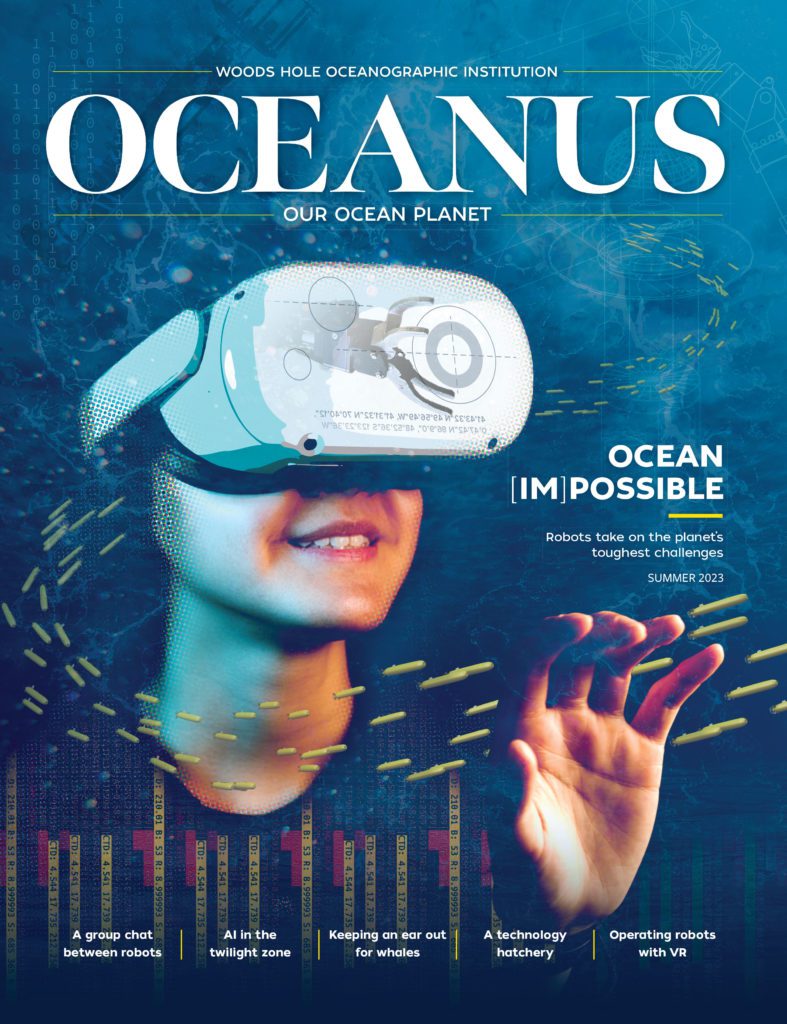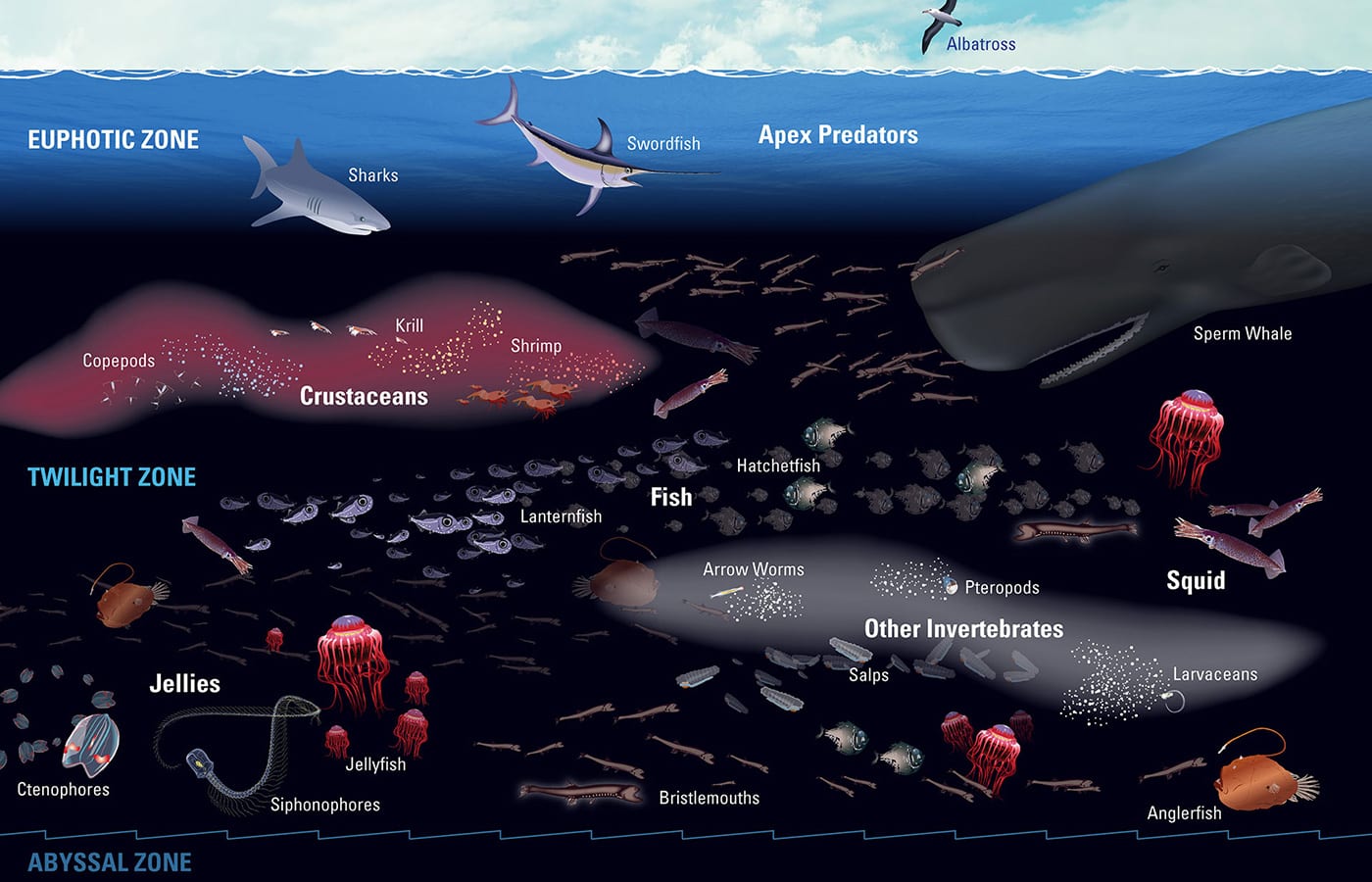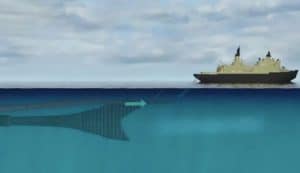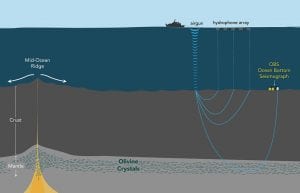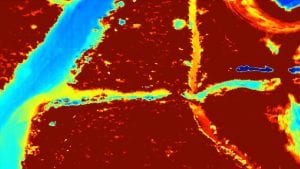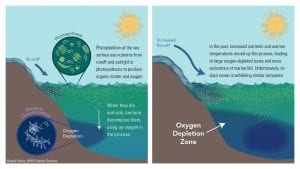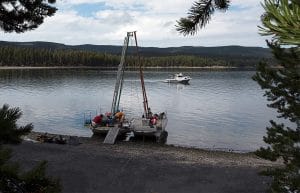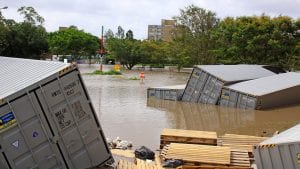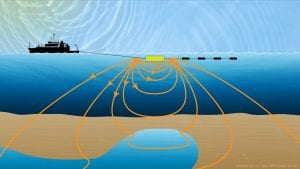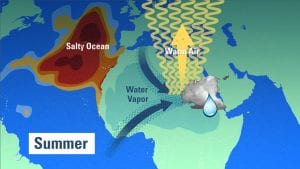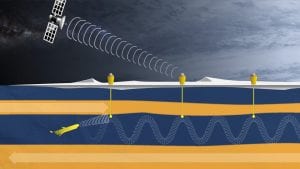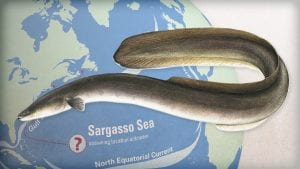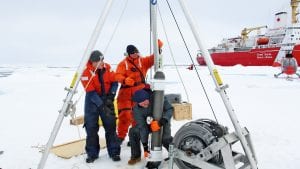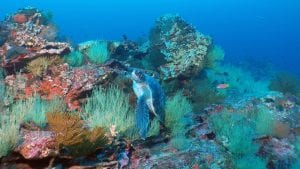How the Ocean Works
Mission to the Ocean Twilight Zone
The twilight zone is a part of the ocean 660 to 3,300 feet below the surface, where little sunlight can reach. It is deep and dark and cold, and the pressures there are enormous. Despite these challenging conditions, the twilight zone teems with life that helps support the ocean’s food web and is intertwined with Earth’s climate. Some countries are gearing up to exploit twilight zone fisheries, with unknown impacts for marine ecosystems and global climate. Scientists and engineers at Woods Hole Oceanographic Institution are poised to explore and investigate this hidden frontier.
Industrial krill fishing
The twilight zone’s biological abundance makes it an attractive target for commercial fishing operations and…
How Is the Seafloor Made?
An ultrasound for the Earth? Using sound waves, a graduate student peers into the crystalline…
Up in the Sky!
Nope, it’s not a bird or a plane. It’s a drone on a scientific mission…
Taking Earth’s Inner Temperature
Woods Hole Oceanographic Institution wasn’t an obvious fit for Emily Sarafian. “I always felt a…
Will Oxygen in the Ocean Continue to Decline?
The living, breathing ocean may be slowly starting to suffocate. The ocean has lost more…
Did Dispersants Help During Deepwater Horizon?
In the heat of the 2010 Deepwater Horizon disaster, U.S. government and industry responders had…
Pop Goes the Seafloor Rock
WHOI scientists used the human-occupied submersible Alvin and the autonomous underwater vehicle Sentry to explore a surprising discovery: gas-filled…
The Hot Spot Below Yellowstone Park
WHOI scientist Rob Sohn brought an arsenal of deep-sea technology normally used to explore the…
Back to Bikini
WHOI scientists returned to the Pacific islands of Bikini and Enewetak in 2015 to study…
Extreme Climate
Extreme climatic events such as unusually severe storms and droughts can have profound consequences for…
Fresh Water Below the Seafloor?
Using a new method to distinguish fresh water from oil or salt water, scientists are…
To Forecast Rain, Look to the Ocean
Ever since humans have existed on Earth, they have looked to the heavens to forecast…
More Floods & Higher Sea Levels
A research team predicts potentially big changes within the next century that would have significant…
Communicating Under Sea Ice
Researchers at Woods Hole Oceanographic Institution developed a new communication and navigation system that works…
What Happened to Deepwater Horizon Oil?
Officials pumped a huge amount of chemicals into the deep ocean during the 2010 Deepwater…
New Device Reveals What Ocean Microbes Do
Whether you’re a plant, animal, or even a microbe, you generally can’t conduct the business…
Warming Ocean Drove Catastrophic Australian Floods
New research by Woods Hole Oceanographic Institution physical oceanographer Caroline Ummenhofer and Australian scientists suggests…
Let There Be Laser Light
WHOI scientists are developing new sensors using lasers to detect methane, carbon dioxide, and other…
A Slithery Ocean Mystery
It's an enduring mystery: How do tiny eel larvae make their way from the Sargasso…
Attracted to Magnetics
Maurice Tivey has probably endured more than a few bad puns, like the one in…
The Quest for the Moho
For more than a century, scientists have made several attempts to drill a hole through…
Signs of Big Change in the Arctic
The climate in the Arctic region once predictably shifted back and forth between two regimes.…
Beneath the Sea, the Galápagos Reveal More Marvels
The Galápagos Islands have offered biologists a natural laboratory ever since Charles Darwin’s day, but…
